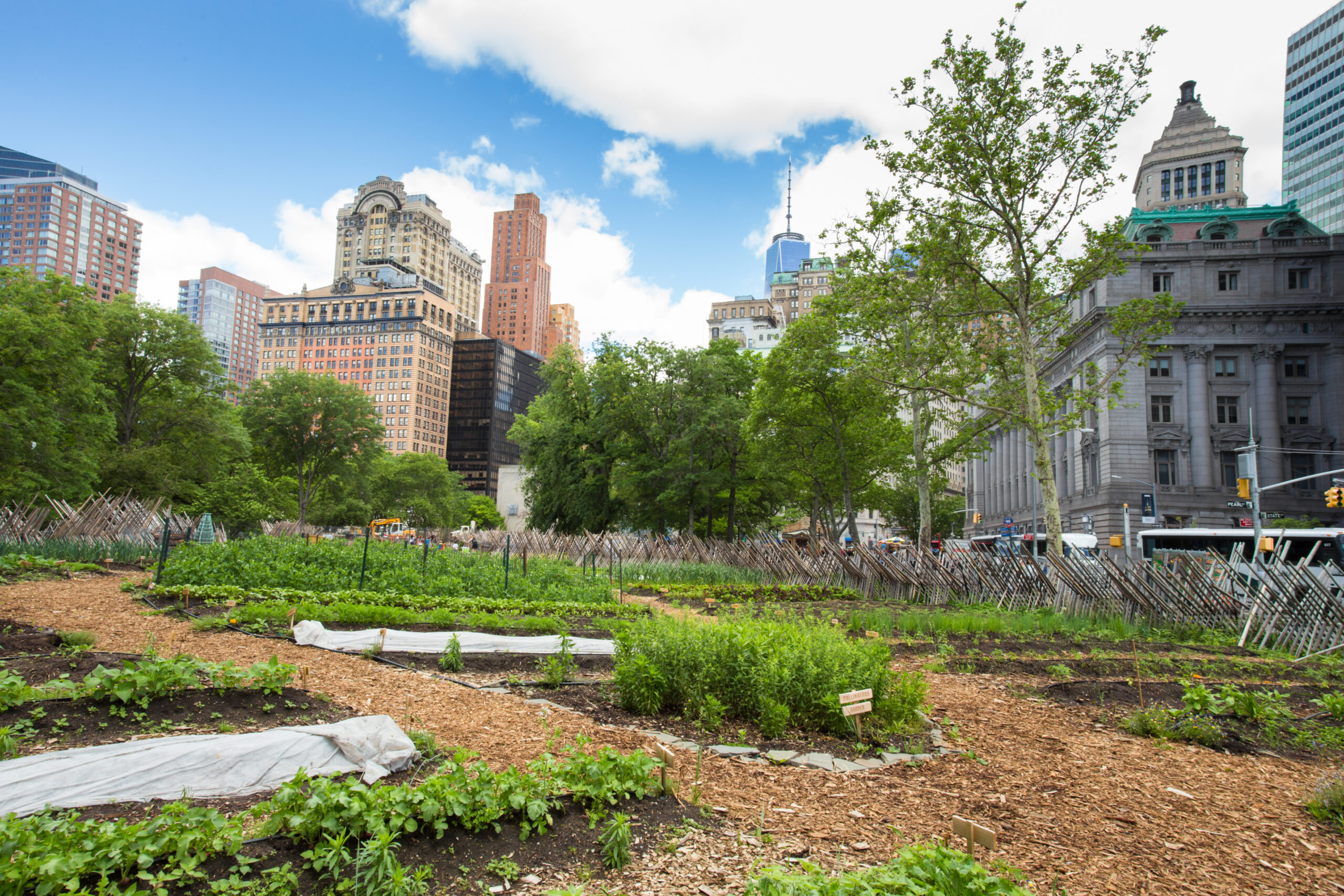City Blooming - The Facts
Table of ContentsFacts About City Blooming UncoveredNot known Factual Statements About City Blooming 8 Simple Techniques For City BloomingHow City Blooming can Save You Time, Stress, and Money.The Greatest Guide To City Blooming
Intrigued in growing food for sale in the City of Chicago? Below is a listing of regularly asked questions relating to the guidelines and policies that growers should think about when preparing a city farming project.
The zoning change does not modify any kind of various other codes dealing with composting, building licenses, buying or renting City owned building, service licenses or environmental contamination. There are existing codes that manage these issues and they stay in complete result and may be suitable to your task. Area gardens are commonly possessed or taken care of by public entities, civic organizations or community-based organizations and preserved by volunteers.
Urban farms grow food that is meant to be sold, either on a nonprofit or for-profit basis. Because of their commercial purpose, urban ranches call for an organization certificate. Yes. A neighborhood garden is allowed to market excess produce that was expanded on website if the sales are accessory or subordinate to the garden's key function described over.
The Buzz on City Blooming
The quantity of garden compost product can not go beyond 25 cubic lawns at any type of offered time according to the standards in 7-28-715 of the City's Municipal Code. Due to the fact that the dirt at most new garden sites needs amending, garden compost, dirt, timber chips, or other products can be obtained to construct or boost the expanding space.

If a building authorization is required after that the hoophouse will be thought about an accessory structure. You can figure out more regarding the structure authorization needs by contacting the Division of Buildings. The 25,000-square-foot dimension limit is planned to avoid a single community garden from controling an offered block or diminishing the block's existing domestic or industrial personality.
The restriction does not use to gardens located in Public Open Area (POS) areas. Can there be more than one community garden that is 25,000 square feet on a single block? Fence is not required, however, gardens that have large auto parking locations might be needed to install fence or other landscaping functions.
Rumored Buzz on City Blooming
B1 & B2 areas need that all commercial use tasks be carried out inside your home. R districts restrict commercial task. The you could try here laws reflect the objective and intent of the Zoning Code. Is fence needed for urban ranches? Yes. Fences might be called for, along with landscape design and testing, for specific parking locations and outside work or storage areas depending on location and the details task taking place.
Yes. Urban farms call for building permits and zoning approvals before building. Various other forms of city evaluation may be needed relying on specific structures, activities, size, landscaping, licensing, public heath and stormwater management problems. A lot of these requirements are recognized in the job style or allowing process, however, the applicant may be accountable to individually determine certain licenses or allows that may be called for.
Yes. The sort of permit is identified by what is taking place at the site. The Division of Company Matters and Consumer Defense can help establish the certain sort of company license that's required. Yes. Off road car parking is required for many industrial jobs in Chicago. The needed number of vehicle parking areas is based on the number of employees servicing site and not the square footage of the growing space.
The City Blooming PDFs

A metropolitan ranch can market garden compost product produced on site, nonetheless, the procedure should comply with the guidelines in 7-28-715 of the Chicago Municipal Code. Aquaponic systems are allowed indoors on metropolitan ranches in numerous zoning districts.
Approximately 5 hives or swarms of honey bees might be maintained as an accessory usage. Nevertheless, beekeepers should register with the Illinois Department of Farming. To find out more concerning the suggested zoning modification you might get in touch with the Department of Housing and Economic Advancement, Bureau of Planning and Zoning at 312.744.8563.
, which takes location in rural locations at the edge of suburban areas.
Examine This Report on City Blooming
It can include an activity of natural farmers, "foodies" and "locavores", who seek to develop social media networks started on a shared principles of nature and area holism. These networks can develop by method of official institutional support, becoming incorporated right into local town as a "transition town" motion for sustainable city advancement.
The a lot more straight access to fresh veggie, fruit, and meat products that might be know through urban agriculture can enhance food safety and food security while decreasing food miles, bring about reduced greenhouse gas exhausts, thus contributing to environment modification mitigation. Some of the first evidence of city farming comes from Mesopotamia.